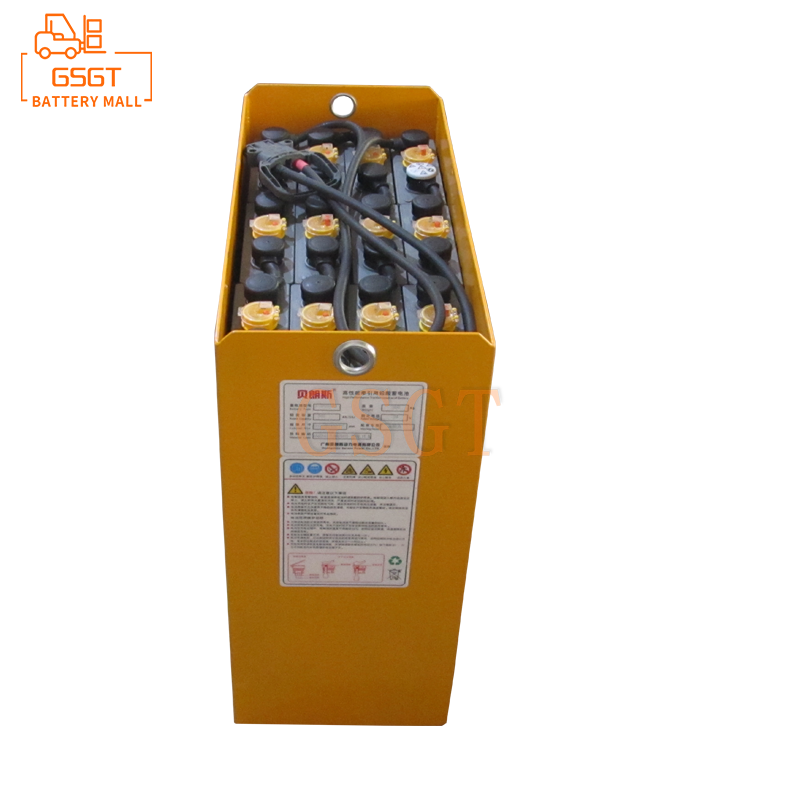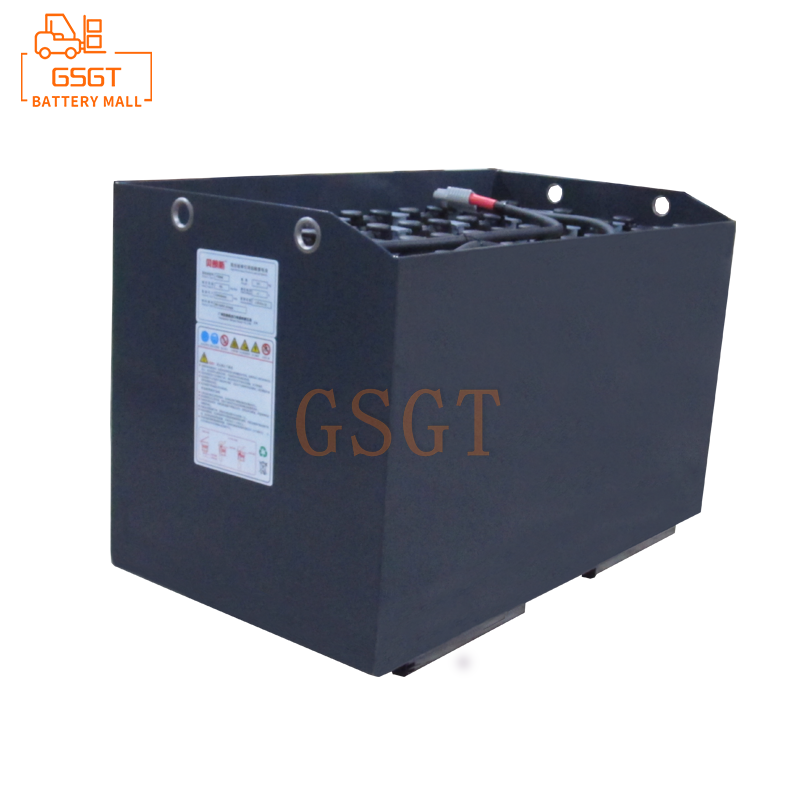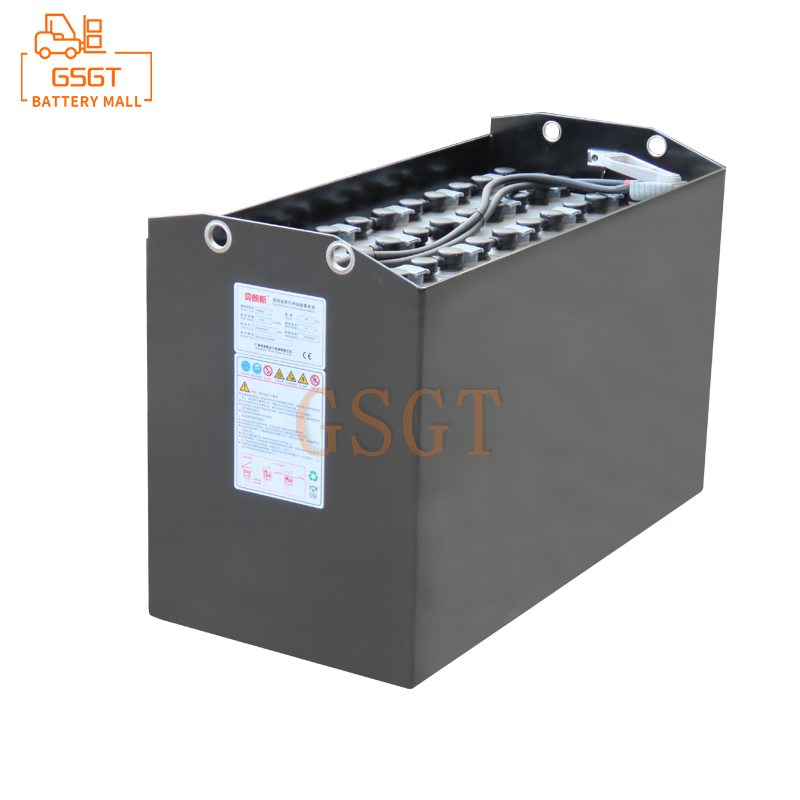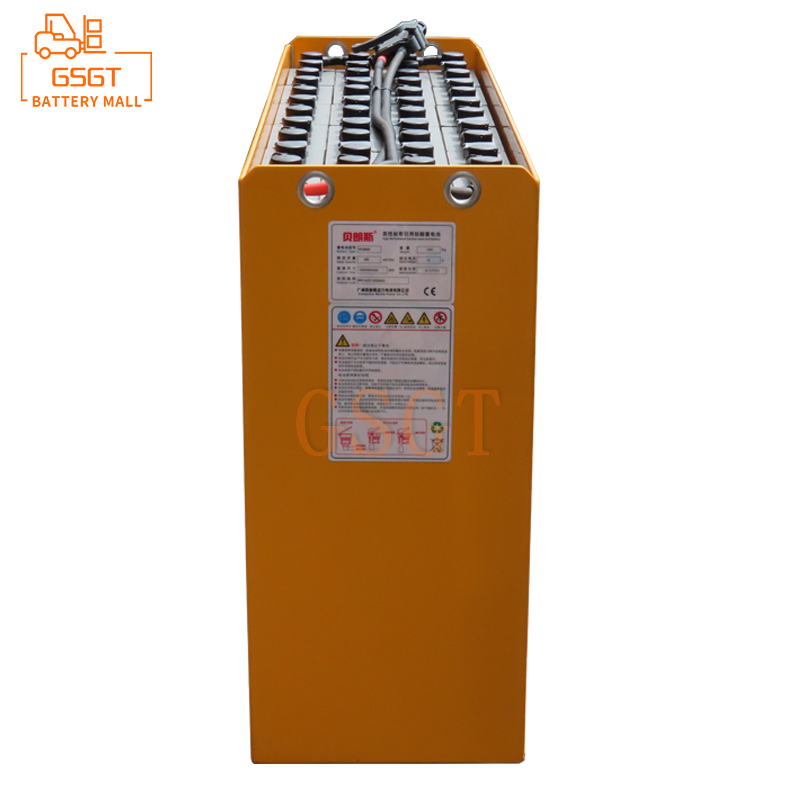Time:2025-03-15 10:23:59
Browse:203
In modern society, lead-acid batteries, with their advantages of low cost and mature technology, are widely used in many fields such as automotive start-up and energy storage systems. However, when the ambient temperature is reduced, its performance is often greatly reduced, and its capacity is significantly attenuated, which becomes a key problem restricting its efficient application in low temperature scenarios. It is of great practical significance to investigate the capacity attenuation mechanism of lead-acid batteries under low temperature environment and explore the feasible performance optimization path.
1. Low temperature capacity attenuation mechanism
(1) Electrolyte changes
The electrolyte of lead-acid battery is sulfuric acid solution. At low temperature, the viscosity of sulfuric acid increases greatly, and the ion migration resistance increases. This is similar to the difficulty of driving on narrow and congested roads. The diffusion rate of ions in the electrolyte is slow, the active substances involved in the electrochemical reaction are reduced, and the charging and discharging ability of the battery is decreased. At the same time, low temperature will also lead to an increase in the density of the electrolyte, forming a concentration gradient inside the battery, further hindering the uniform distribution and transmission of ions, making the electrode reaction difficult to fully carry out, and the battery capacity is significantly reduced.
(2) The electrode reaction kinetics is slow
The REDOX reaction on the electrode is the core process of charge and discharge of lead-acid battery. At low temperature, the kinetic parameters of the electrode reaction change and the reaction rate constant decreases. Take the lead oxidation reaction of the negative electrode as an example, the lead atoms that were originally able to lose electrons quickly, the reactivity is reduced at low temperature, and the electron transfer process is blocked. This slow electrode reaction makes the battery unable to provide or store enough electricity in time during the charge and discharge process, resulting in capacity attenuation. In addition, the slow response will also lead to increased polarization of the battery, additional energy consumption, and further reduce the energy utilization efficiency of the battery.
(3) Plate structure and active substance changes
With the decrease of temperature, the physical structure and active material characteristics of the lead-acid battery plate will also change adversely. Lead sulfate, the active substance in the plate, decreases in solubility at low temperatures and is easier to crystallize and form coarse particles. These large particles of lead sulfate will block the pores of the plate, reduce the contact area between the active substance and the electrolyte, and reduce the effective site of electrochemical reaction. At the same time, the mechanical properties of the plate will also deteriorate due to low temperature, and problems such as deformation and cracking may occur, further damaging the internal structure of the battery and accelerating capacity attenuation.
2. Performance optimization path
(1) Electrolyte optimization
1. ** Additive application ** : Adding appropriate amount of additives in the electrolyte, such as methylsulfonic acid, glycerin, etc., can effectively improve its low temperature performance. Methylsulfonic acid can reduce the freezing point of the electrolyte, increase the ionic conductivity, and promote the ionic migration at low temperature. Glycerin can adjust the viscosity of the electrolyte, enhance its fluidity, and ensure the smooth transmission of ions. These additives are like injecting "vitality factors" into the electrolyte, so that it can maintain good working condition at low temperatures.
2. ** Electrolyte formula adjustment ** : Optimize the concentration and composition of sulfuric acid solution, and design an appropriate electrolyte formula according to different low temperature conditions. For example, properly reducing the concentration of sulfuric acid can avoid ion transport barriers caused by excessive density; The addition of some special salts, such as potassium sulfate, can enhance the conductivity of the electrolyte and improve the charge and discharge performance of the battery at low temperatures.
(2) Battery structure design improvement
1. ** Plate design optimization ** : Develop a new plate structure, using thin plate design, increase the specific surface area of the plate, shorten the ion diffusion path. At the same time, the manufacturing process of the plate is improved, the adhesion and porosity of the active substance are increased, and the active substance is fully in contact with the electrolyte at low temperature to promote the electrode reaction. For example, through the fine control of the paste plate process, the active substance is evenly distributed and tightly attached to the plate matrix, and the low temperature performance of the battery is improved.
2. ** Battery Thermal Management System ** : Equipped with an efficient thermal management system for lead-acid batteries, the battery is heated and insulated at low temperatures. The battery temperature can be maintained in a suitable working range by means of built-in heating wire and heating film. The thermal management system is like a "caring steward" of the battery, by precisely controlling the temperature, reducing the capacity decay caused by low temperatures, extending the battery life, and improving its reliability and stability in cold environments.
(3) Charging strategy optimization
1. ** Pulse charging technology ** : pulse charging method is used to periodically apply high voltage pulses during the charging process. This pulse can break the concentration polarization of the electrode surface, promote the reduction of active substances, and improve the charging efficiency. Compared with the traditional constant current charging, pulse charging can make the battery reach the full charge state faster at low temperature, and can effectively reduce the phenomenon of gas out, reduce the risk of battery water loss, so as to improve the low-temperature charging performance of the battery.
2. ** Intelligent charging control ** : The use of advanced battery management system (BMS), real-time monitoring of battery voltage, current, temperature and other parameters, according to the actual state of the battery in low temperature environment, dynamic adjustment of charging strategy. BMS is like an intelligent brain, which can accurately control the charging current and voltage according to the "physical condition" of the battery, avoid overcharge, undercharge and other problems, ensure that the battery is charged safely and efficiently at low temperatures, and maximize the capacity potential of the battery.
The capacity attenuation of lead-acid battery at low temperature is caused by many factors. Through the research and practice of electrolyte optimization, battery structure design improvement, charging strategy optimization and other aspects, it is expected to significantly improve its performance in low temperature scenarios, expand its application range, provide strong support for the development of related industries, and make it stable and efficient in cold environments to provide energy security for all kinds of equipment.

$1105

$3075

$2450

$3810

MESSAGE
Professional And Efficient
Security
Affordable Price
Professional Services